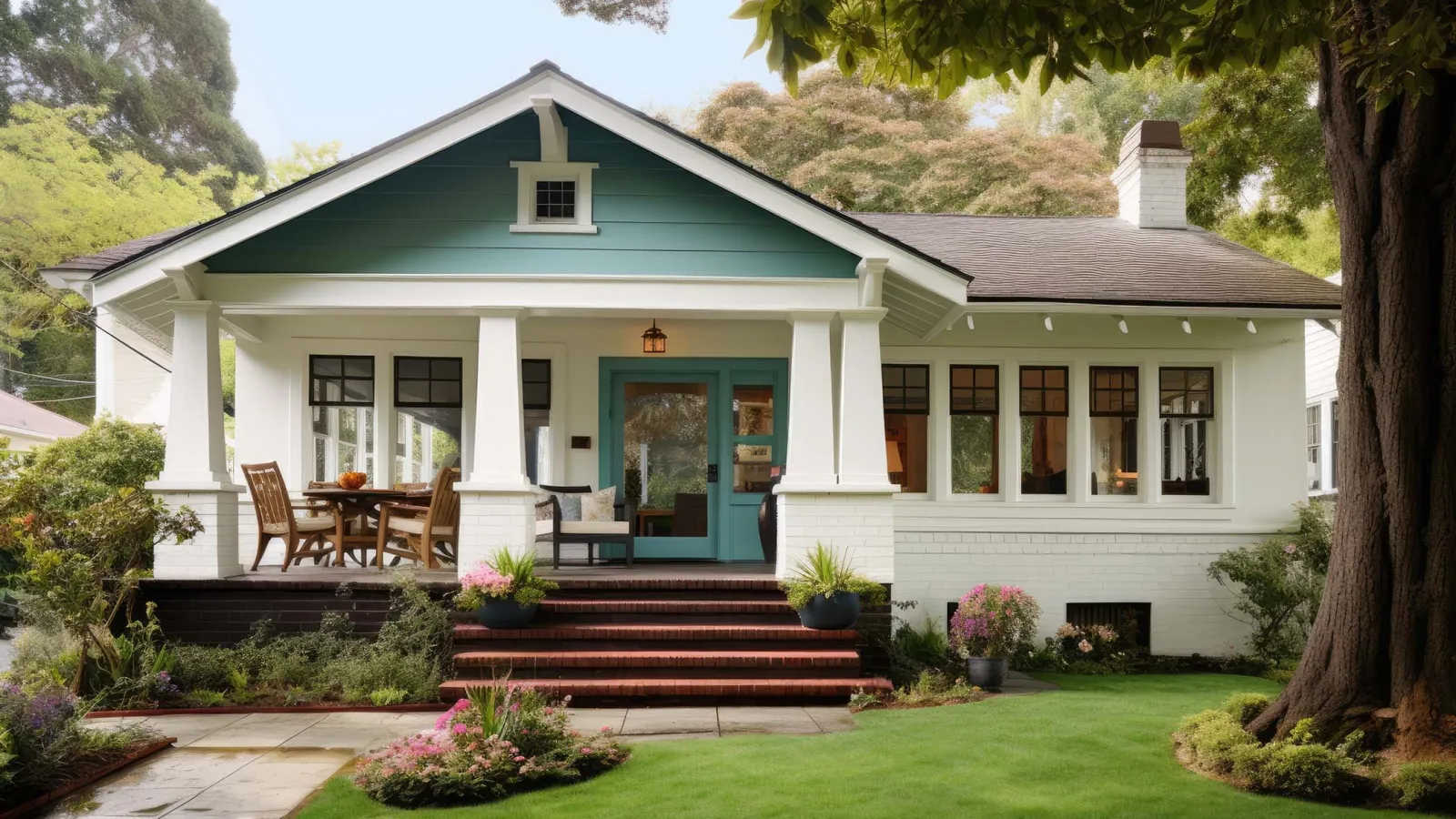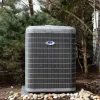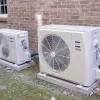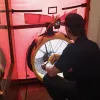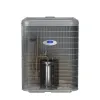Ever thought about replacing your windows to save energy? A lot of homeowners have, and many of them drop thousands of dollars on the latest and (supposedly) most energy-efficient replacement windows in an attempt to save money on their utility bills.
Unfortunately, replacing your windows probably won’t lower your overall energy consumption. You might not notice any savings at all.
How could that be? Aren’t old, drafty windows the weakest link between the great outdoors and the conditioned indoors? It might seem that way – especially when you feel cold air coming through a drafty window in winter or feel the heat penetrating the glass on a hot summer day.
But in most homes, windows are rarely the biggest sources of air leakage. There are much bigger holes to plug, and you should take care of those first.
Attic first. Crawl space second. Windows… later. Much later.
To figure out why your energy bills are so high (and why your home is so uncomfortable at certain times of the year), look up at your ceiling. Feeling the stretch in your neck yet? Ok, good. Now look down at the floor. Energy efficiency improvements start with what’s above and below you, not with your windows.
There are three reasons why
- Conditioned air leaks out of unsealed gaps and cracks in your home’s envelope. Most of these are located in your attic and – if you have one – your crawlspace.
- When air leaks out of your home (positive pressure), an equal amount of it enters your home from the outside (negative pressure).
- The most significant pressure differences are at the top and bottom of a structure – not the sides.
In other words, plugging the holes in your attic and crawlspace is a much more effective investment in energy efficiency. Replacing your windows? Not so much.
Aren’t their gaps around your windows and doors, too? Definitely. But when you add up all the air leaks above and below you, leakage around windows and doors rarely comes close.
It’s all about air pressure.
Consider how air enters and leaves your home. During winter, the warm air produced by your furnace escapes through your attic.
This is called the stack effect. Cool air from the outdoors is pulled inside. The warmer air rises and eventually makes its way out of your home.
In summer, the process works in reverse. That’s why we call it the reverse stack effect. Hot air from the outdoors enters the home through the top and sinking cool air leaves it through the bottom. This is why your attic gets dangerously hot in July and August!
What’s happening around your windows and doors during all this stacking and reverse stacking? Not a lot, by comparison. Since the biggest pressure differences are – and always will be – at the top and bottom of your home, those are the places where you’re losing most of the air that you pay to heat or cool.
If energy efficiency is your goal, air sealing your attic and optimizing insulation levels is almost always Priority One. Sealing and encapsulating your crawlspace is next on the list. Only afterward should you think about ditching your builder-grade windows for those nice-looking vinyl ones with the Low-E glass.
Additional alternatives to window replacement
Just to be clear: We’re not saying you shouldn’t replace your windows! We just don’t recommend doing so if your primary objective is saving money on energy. Replacement windows make sense when:
- You don’t like the way your existing windows look.
- Your existing windows don’t function properly and can’t be repaired affordably.
That’s pretty much it, though. Unless the panes are busted and there are gaping holes in the side of your house, energy efficiency rarely qualifies as a good reason to replace windows before attending to your attic and crawlspace.
But what if you can feel the frigid air coming in during the winter? What if you get hot when you sit next to one of your windows in July? Comfort matters just as much as energy efficiency, but that doesn’t mean you have to replace your existing windows.
These less expensive alternatives can work just as well:
- Air sealing your windows with caulk: This is a great DIY project for a Saturday afternoon! Grab some indoor/outdoor latex caulk and run a bead over all the little gaps around your window sashes and framing, inside and out.
- Installing storm windows: You can often install storm windows for less money than full-on window replacement. You end up with an extra pane or two, which can increase the R-value of your existing windows.
- Tinting your windows with film: You can purchase film that mimics the effect of Low-E glass. Just size the film to your windows and apply it yourself.
An energy audit helps you prioritize
Every home is different, and we get that. Before making any major energy efficiency upgrades, we recommend hiring a licensed professional to perform a home energy audit. An auditor can show you the biggest opportunities for improvement and help you prioritize changes.
More often than not, attics and crawl spaces offer the biggest bang for your buck. But it’s a good idea to find out for sure!
At PV Heating, Cooling & Plumbing, we perform energy audits across the Atlanta area as part of a comprehensive “whole house” assessment. In addition to identifying air leaks, we perform health and safety inspections for your HVAC equipment and other appliances. The way we see it, all of those factors contribute to the comfort, safety, and efficiency of your home.
Contact us today to schedule an energy audit and discover the most effective way to lower your utility bills and improve comfort!
